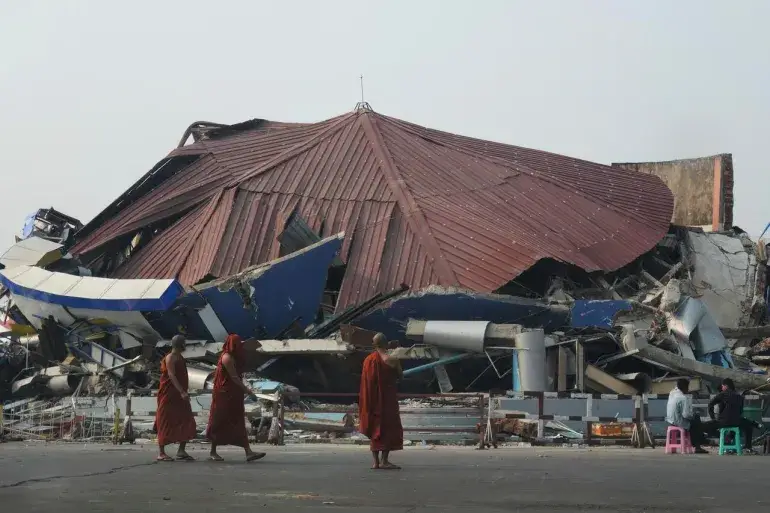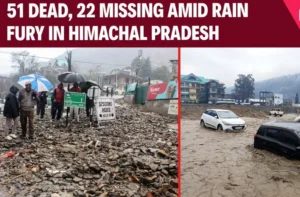A massive 7.7 magnitude earthquake rocked Myanmar on March 28, 2025, leaving a trail of destruction and loss. The disaster has claimed thousands of lives, prompting the nation’s military leaders to call a temporary halt to the ongoing civil war. This pause aims to support relief efforts as the country grapples with a rising death toll and widespread damage.

Details of the Disaster and Its Toll
The earthquake struck in the middle of the day, shaking the Southeast Asian country with devastating force. Homes, bridges, and key infrastructure crumbled under the impact. Official reports confirm the Myanmar earthquake death toll has reached 3,085, with hundreds still unaccounted for and thousands injured. The hardest-hit areas, including central regions like Mandalay, are reeling from the destruction caused by this rare and powerful event.
Myanmar Military Ceasefire Boosts Relief Efforts
In a surprising move, the military junta announced a ceasefire lasting until April 22, putting a temporary stop to the conflict that has gripped Myanmar since the 2021 coup. The goal is to allow rescue teams and aid workers to operate freely in the disaster zones. Teams from 17 countries have rushed in with nearly 1,000 tonnes of supplies, including food and medical essentials. However, tensions remain high. The military has warned rebel groups against exploiting the truce, while opposition forces say they’ll defend themselves if provoked. Despite these efforts, delivering aid hasn’t been easy—incidents like warning shots fired at a foreign aid convoy highlight the challenges of working in a conflict zone.
Survivors Found Amid Fading Hopes
Even as the Myanmar earthquake death toll climbs, stories of survival offer glimmers of hope. Rescue crews have pulled a handful of people from the wreckage, including a young hotel worker in the capital, Naypyitaw, saved after over 100 hours under rubble. Another man was freed from a collapsed guesthouse near the quake’s epicenter. Yet, as days pass, most teams are now focused on recovering bodies rather than finding survivors, signaling a shift to long-term recovery.
Ripple Effects Across Borders
The earthquake’s reach extended beyond Myanmar, shaking neighboring Thailand where more than 20 people lost their lives. In Bangkok, a building under construction collapsed, trapping workers beneath debris. Relief efforts there continue alongside Myanmar’s, as the region braces for the upcoming monsoon season, which could worsen conditions for millions already affected.
Global Support and a Deepening Crisis
The international community has stepped up to help. The United Nations has pledged millions in emergency funding to provide shelter, water, and support for the 28 million people impacted. The UK and Australia have also committed significant aid, while India stands ready with emergency teams. This disaster has intensified Myanmar’s existing struggles—millions were already displaced and in need before the quake struck. Humanitarian groups are now pressing the junta to remove barriers and allow aid to flow freely to those in desperate need.
The Myanmar earthquake death toll underscores the scale of this tragedy, one of the worst natural disasters to hit the country in over 100 years. As relief efforts ramp up, the focus is shifting toward rebuilding lives in a nation already fractured by conflict and hardship.







